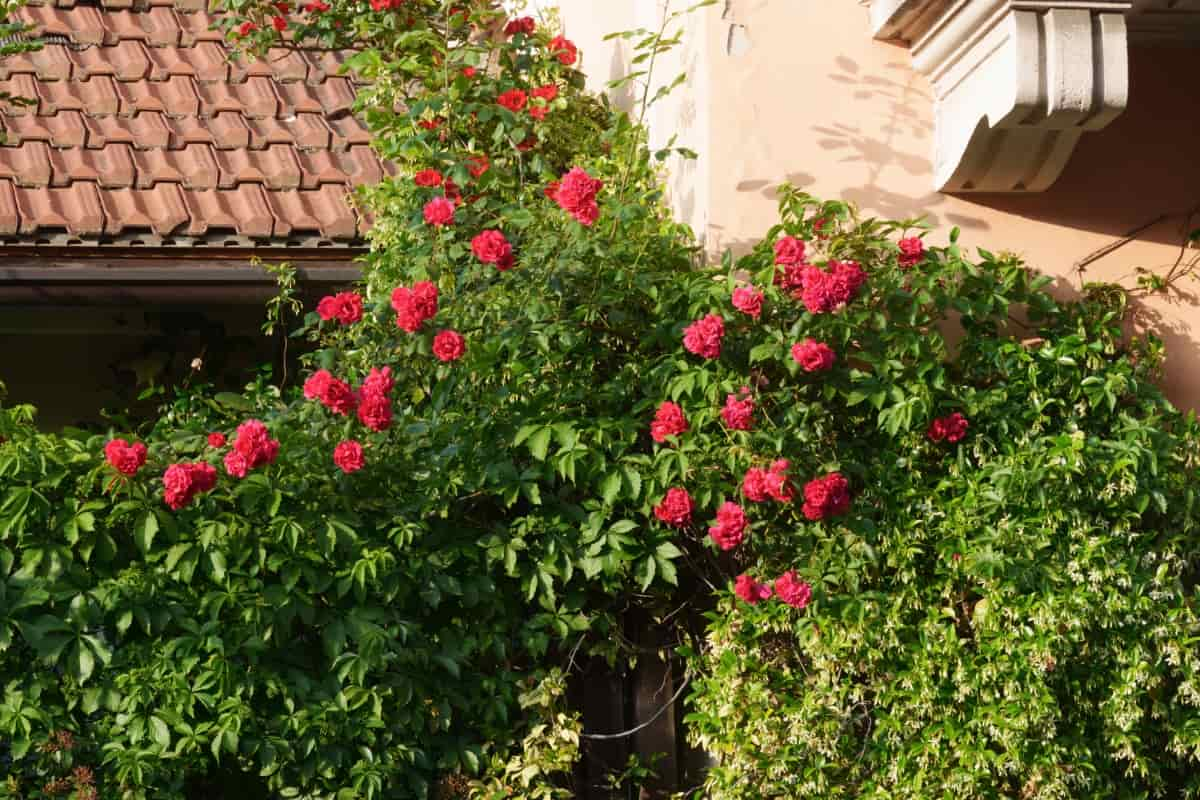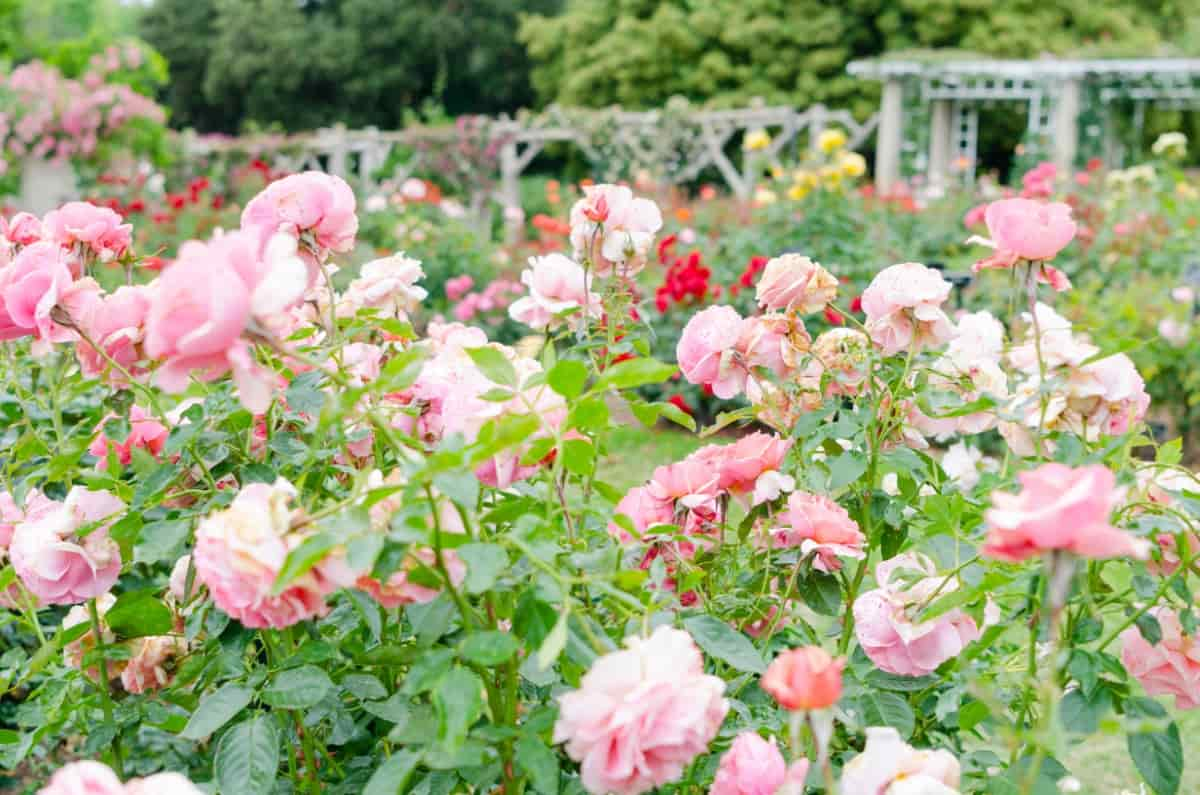Roses are some of the most treasured flowers in the world, known for their exquisite beauty and enticing fragrance. Today, we’re diving deep into the intricacies of rose gardening, discussing how to grow rose plants faster, grow roses from cuttings and seeds, and even take care of roses in a vase. From ideal locations that could be either sun or shade to the best month to plant roses, we’re covering all you need to know about nurturing these spectacular blooms.

How to Grow and Care for Rose Plants
How to Grow/Propagate Roses from Seeds and Cuttings
For those wondering how to propagate roses, there are two popular methods: from seeds and cuttings. If you are patient and willing to wait, growing roses from seeds can be a rewarding experience. The first step is to collect seeds from a mature rose hip. Allow the hip to dry, and then extract the seeds. After extraction, stratify the seeds, storing them in a moist environment at a low temperature to encourage germination. On the other hand, if you’re eager to see your roses bloom, consider the cutting method.
Growing roses from cuttings is a faster way to propagate. Cut a stem about 6-8 inches long from a healthy plant, ideally during the cooler hours of the morning. Remove all but the top few leaves and dip the cut end into a rooting hormone before planting it in a pot with a mix of perlite and peat moss. A crucial tip for growing roses from cuttings in water is to place the cut end immediately after the cut. This prevents air bubbles from forming, which can hinder water absorption.
Pruning Tips for Rose Bushes
Pruning is essential to rose plant care in pots and on the ground. It rejuvenates the plant and helps to maintain its size and shape, promoting healthier and more abundant blooms. To prune a rose bush, remove any dead or diseased wood. Next, cut back any weak, spindly growth, leaving only the most robust branches. Make cuts just above a bud facing the direction you want the new growth to go.
Best Fertilizer for Rose Plants
Fertilizing is another critical aspect of rose care, contributing significantly to growing a rose plant faster. Roses are heavy feeders and respond well to a regular feeding schedule. A balanced fertilizer containing Nitrogen, phosphorus, and Potassium (N-P-K) is usually a good choice. Nitrogen promotes healthy foliage, phosphorous supports root growth and flower production, and potassium enhances plant health. You might also consider adding organic matter like compost or well-rotted manure to enhance soil structure and provide additional nutrients.
Preventing and Treating Common Rose Diseases
Roses are susceptible to several diseases, including black spots, powdery mildew, and rust. To reduce or prevent these diseases, practice good hygiene. Clear away fallen leaves and debris from the plant’s base. Don’t water from above to avoid creating a damp environment that promotes fungal growth. If you see signs of disease, promptly treat it with the right fungicide.
In case you missed it: The Best Fertilizer for Roses: When and How to Apply

Watering Schedule for Healthy Rose Plants
Watering is a crucial aspect of rose care. Roses generally need about 1 inch of water per week during the growing season. It’s better to water deeply and less frequently than a little daily. This encourages the development of deep root systems that are more drought-tolerant. Water the base of the plant to prevent wetting the leaves, as it may promote fungal illnesses.
Choosing the Right Location for Rose Gardening
When considering where to plant roses, evaluating both sun exposure and soil type is essential. Most rose varieties need at least 6 hours of direct sun each day. However, afternoon shade can help protect roses from intense, scorching sun in hot climates. As for the question, “Where to plant roses, sun or shade,” the answer depends on the specific rose variety and the local climate. Soil conditions also play a huge role in successful rose gardening. Roses prefer well-draining soil rich in organic matter. To enhance the quality and drainage of heavy clay soil, add compost or organic matter.
Protecting Roses from Pests and Insects
Pests such as aphids, black spot beetles, and rose slugs can damage rose plants. Integrated pest management, which includes monitoring for pests, promoting beneficial insects, and using targeted treatments, is the best strategy for protecting roses from pests and insects. Start by regularly inspecting your plants for signs of pest activity. If you find pests, identify them accurately to choose the most effective treatment.
Winter Care for Rose Plants
Proper winter care can help ensure your roses emerge healthy and robust in the spring. The steps you need to take will depend on the rose variety and your local climate. Most roses aim to help them enter dormancy, a kind of deep sleep where growth slows down. To safeguard the plant’s roots from freezing temperatures, apply a generous layer of mulch around its base following the initial frost. If you have potted roses, it’s wise to relocate them to a sheltered spot like a garage or shed during winter to shield them from harsh weather conditions.
Tips for Growing Roses in Containers or Pots
Growing roses in containers or pots opens up a world of possibilities. You can grow roses on a balcony, a terrace, or even indoors with sufficient light. One important tip for rose plant care in pots is to choose a container that is large enough. Roses have extensive root systems and will need plenty of room to grow. Ensure your pot has adequate drainage to prevent waterlogging. When it comes to the best month to plant roses in pots, early spring is usually ideal, giving the plants a full season to establish themselves.
In case you missed it: Shades of Darkness: Exquisite Black Rose Varieties

Conclusion
The world of roses is full of diverse varieties and care methods, each unique and fascinating. Whether you’re exploring how to take care of roses in a vase or want to learn how to grow roses from cuttings in water, there’s always something new to discover. By providing the right care, patience, and meticulousness, you can nurture stunning, lively roses that will captivate anyone who lays eyes on them. Embrace the journey and allow the blooming roses to become your ultimate achievement.
- Ultimate Guide to Ossabaw Island Hog: Breeding, Raising, Diet, and Care
- Ultimate Guide to Juliana Pig: Raising Facts, Size, Diet, Care, and Lifespan
- Raising Lleyn Sheep: Disadvantages, Price, Uses, Characteristics, and Care
- Ultimate Guide to Meishan Pig: Breed Facts, Breeding, Raising, and Care
- Ultimate Guide to Teacup Pigs: Raising, Diet, Lifespan, Cost, and Care
- Guide to Raising Poll Dorset Sheep: Facts, Profile, Characteristics, Uses, and Care
- Ultimate Guide to Bighorn Sheep: Characteristics, Diet, Lifespan, Breeding, and Lifecycle
- Ultimate Guide to Raising Katahdin Sheep: Farming Facts, Breed Profile, Uses, and Care
- Ultimate Guide to Raising Oreo Cows: Belted Galloways Farming Facts, Profile, Uses, and Care